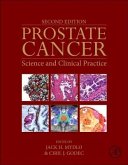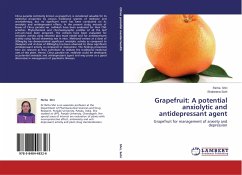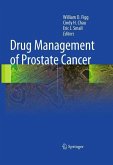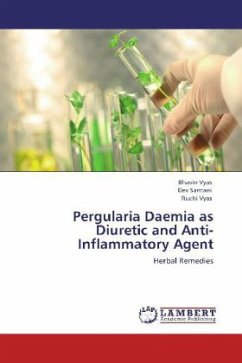Andrographis paniculata, locally known as hempedu bumi , is a small shrub that grows abundantly in Southeast Asia. It is widely used for the treatment of diabetes, rheumatism, hypertension and dysentery. The bitter taste is due to andrographolide, a furano diterpene that exerts most of the biological poperties. Prostate cancer is the second leading cause of male cancer deaths after lung cancer among American men. Selective cytotoxicity, a concept of killing cancer cells while sparing normal cells, is the Holy Grail in cancer treatment. As part of our search for selective cytotoxic compounds from local plants, andrographolide extracted from A. paniculata was found to be selectively cytotoxic against postate cancer (PC-3) cells without significant toxicity to normal cells. To the best of author's knowledge, this is the first study that demonstrates the morphological and biochemical changes occurring in PC-3 cells after treatment with andrographolide. In particular, the results suggested that andrographolide-induced cell death in PC-3 cells was achieved through the apoptotic pathway, via the activation of an extrinsic caspase cascade.








